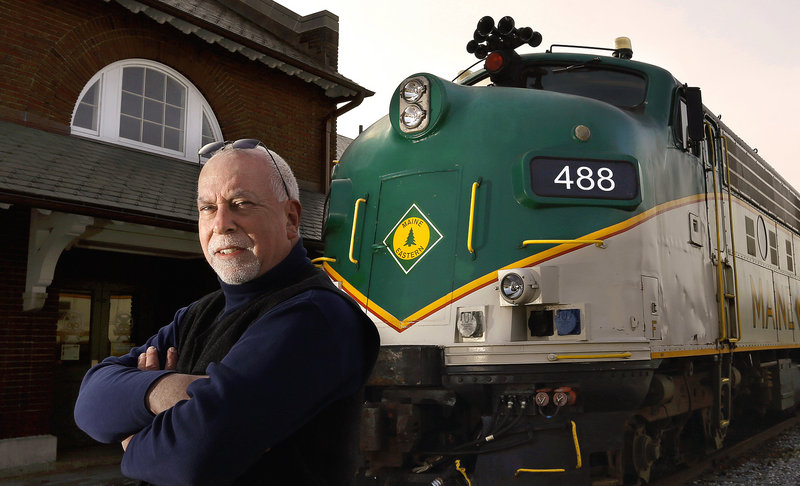The riders on the nation’s first high-speed bullet train are likely to travel California’s Central Valley between Fresno and Bakersfield. It’s not because these two farming communities are experiencing a traffic problem, or that tourists are dying to visit the Buck Owens’ Crystal Palace Museum and Restaurant.
It’s because it’s the first leg of a bullet train that may someday connect San Francisco and Los Angeles, shortening what is now a six-hour drive to less than three hours.
That project won’t be done before 2030. The first leg was selected because it posed the fewest environmental and political challenges and the exact location of the rail line is still highly controversial.
But if there is ever going to be a high speed rail line that can move people faster than a highway, less expensively than an airplane while doing less environmental damage than either, it has to start somewhere.
It has been a long time since we have done anything big in this country, so people may not remember that incremental change over time is what progress looks like.
For example, we are used to travelling on an interstate highway system, but most people are too young to remember that it took 35 years to be completed.
That’s what critics of Amtrak’s expansion into Maine should remember when they question the volume of passengers, or the number of trains running between Boston and the current terminus in Brunswick.
By every fair measure the Downeaster service has been a remarkable success, outpacing projections for ridership. But we are not looking at a finished product.
A major transportation infrastructure project like this will have to grow over time. It’s not possible to re-create the passenger rail system that was dismantled in the second half of the 20th century, when travelers were pushed to private cars by cheap oil and convenient new highways.
The oil is no longer cheap, pollution from cars is changing the climate and we have built more roads than we can afford to maintain. More use of public transportation makes sense for our future just as it does for China’s, where many more high-speed rail projects are under construction.
It won’t happen overnight, but that doesn’t mean that we shouldn’t start now. The Downeaster’s early success is an encouraging sign that passenger rail has a future in Maine.
Send questions/comments to the editors.



Success. Please wait for the page to reload. If the page does not reload within 5 seconds, please refresh the page.
Enter your email and password to access comments.
Hi, to comment on stories you must . This profile is in addition to your subscription and website login.
Already have a commenting profile? .
Invalid username/password.
Please check your email to confirm and complete your registration.
Only subscribers are eligible to post comments. Please subscribe or login first for digital access. Here’s why.
Use the form below to reset your password. When you've submitted your account email, we will send an email with a reset code.